The catch 22 with sustainable housing is that everyone would love to have their home more eco friendly and sustainable, but think it would mean tearing the whole building down and starting afresh. Sustainability is a hot topic everywhere and as we watch new zero carbon homes being built and flora and fauna taking over our roofs and walls, and many of us wonder whether there is anything we can do to make our homes less offensive to mother earth without calling the demolition company.
Truth is, there are plenty of things you can do to make your home more eco friendly, and they don’t need to break the bank, or indeed, the house. In this blog, we’ll look at the things you can do to transform your home into a more sustainable one, and still keep within a budget.
Step One: Start small
You can start your journey to a more sustainable housing with baby steps. Consider ditching those electric air fresheners and replacing them with house plants. This doesn’t mean your house has to turn into a jungle, though. All indoors plants (flowering or not) are able to purify indoor air to some degree through their normal photosynthesis processes, and some were found to even remove 90% of chemicals in the air in only twenty-four hours. Of course, some plants work better than others, but check out a few websites to decide which ones suit your aesthetics as well as your need for fresh air. You may also want to replace your chemical cleaning products with white wine vinegar, baking soda or lemon juice for that extra eco friendly, not to mention fresh, touch.
Why not also change your light bulbs into either energy-saving or LED ones. You’ll find this not only is beneficial to planet by the way of energy conservation, but it may also conserve your electricity bill as these choices consume much less energy than a standard light bulb. On the long run, you may want to consider investing into a light pipe, a device which can deliver enough healthy sunlight from the roof or façade of a building into a room where there are no windows or skylights.
Also, don’t forget to recycle your rubbish!
Step two: Bathroom Essentials
Water conservation is also an important factor to consider. This doesn’t mean you cut down the amount of flushes or use an egg timer to limit your time in shower. A few simple changes can not only bring down the numbers on your water bill but also the energy and water you use on your bathroom essentials. If you are one of those who enjoy a long shower in the morning (or evening), why not consider investing into a water saving shower head? It will conserve energy and water without you having to lift a finger. And, since UK toilets average around 9 litres per flush and account for 30% of household water use, you may also want to consider upgrading your traditional toilet into a new, low flow toilet, which does not compromise on performance but requires less energy for water and waste processing, which in turn reduces the toilet’s carbon footprint by an average 80%.
Step Three: Shake up your shingles
There are many ways to make your house energy efficient which don’t need to break the bank even if they do mean your house needs a small makeover. Always make sure your house is insulated properly so that all that precious heat and energy you use doesn’t go, quite literally, straight out the window. So ensure your house is well insulated, and where possible, use natural materials. They may be a little pricier however on the long run they will save you a pretty penny. As will double glazed windows. We are all tired of the endless commercials advertising these but the there is some truth in them: double glazed windows ensure your house stays warm in the winter and cool in the summer and the lock in all that precious energy. If you can, also consider investing into underfloor heating. When it comes to sustainability, underfloor heating is a more energy efficient way to heat up your home. You can read more about the benefits of underfloor heating HERE.
Step Four: The final touches
If you’ve got this far, your house should by now have a far smaller carbon footprint. But there are still a few more things you can do to ensure your house is even more eco friendly. Consider going green with your roof and walls! Pre-grown and quickly installed, your house can help produce that all important oxygen. If you’re living in a more urban area and vegetating your house is not an option, you may want to consider to quit consuming energy and starting to produce it: solar panel technology is advancing in leaps and bounds and year by year, they are becoming more accessible and affordable. There are even government schemes that can help you finance your solar panel investment.
Being more eco friendly is important but transforming your house from an energy-consuming, bill-inflating giant needn’t be too taxing. There are many ways you can go green without the need to win the lottery.
Related Blog Articles


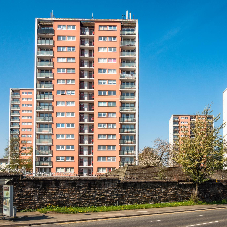
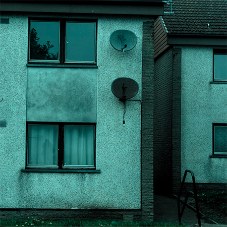

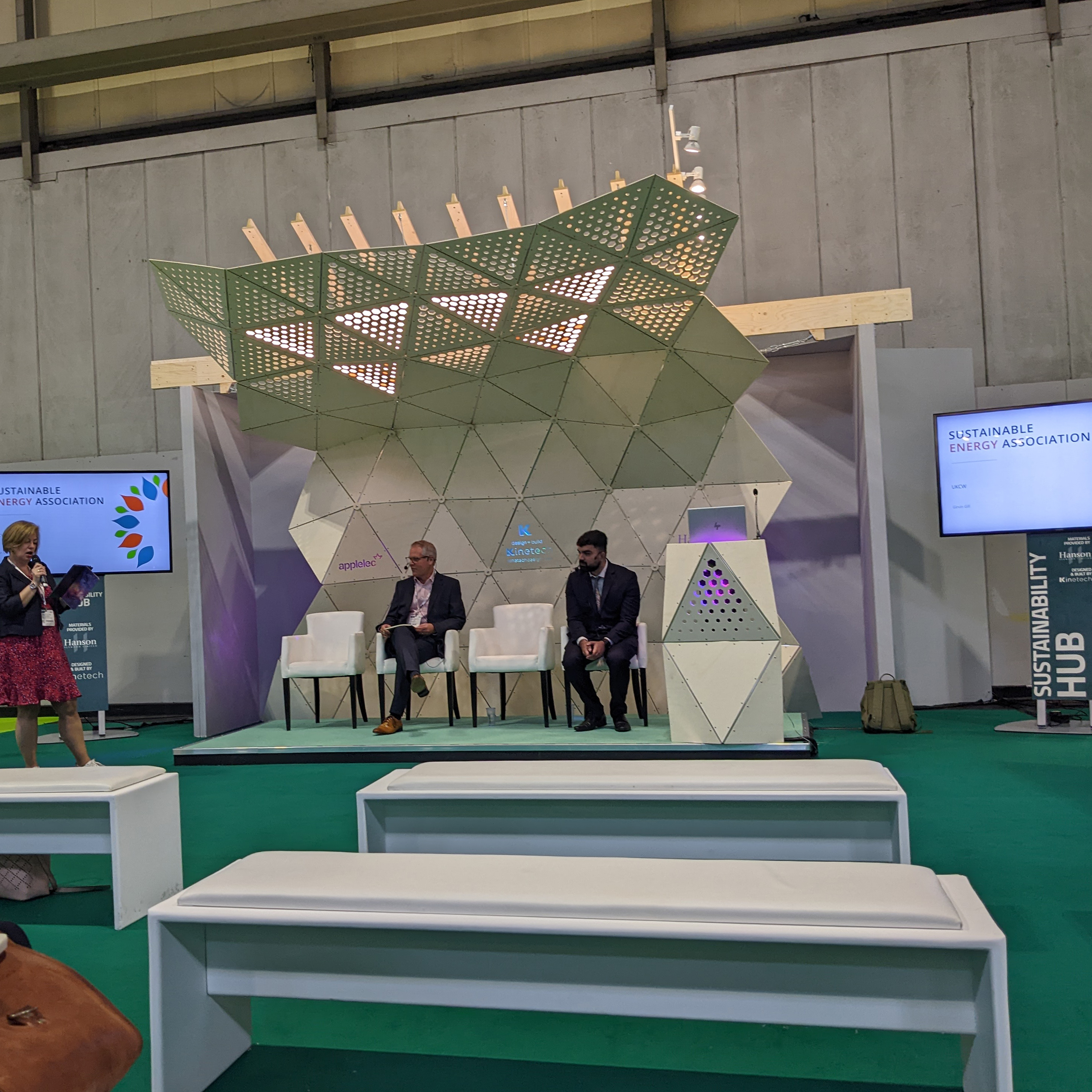

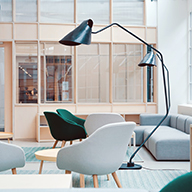
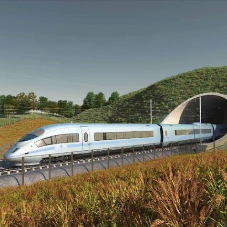
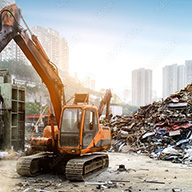

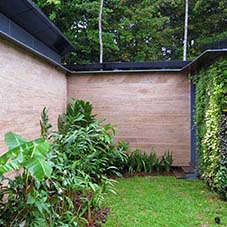


![Residential Sector Market Overview [INSIGHT] Residential Sector Market Overview [INSIGHT]](/20/blogentry/00/05/54/th554.png)

